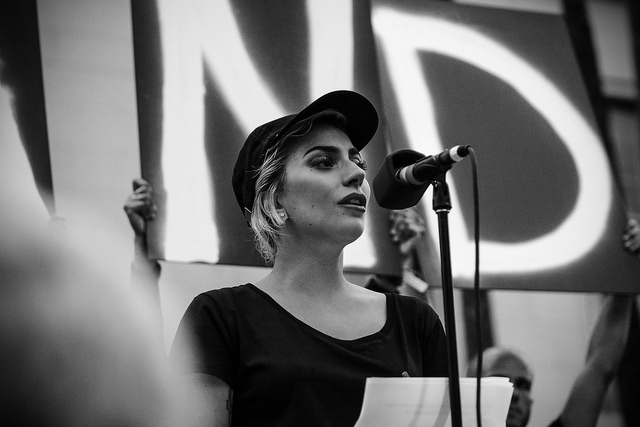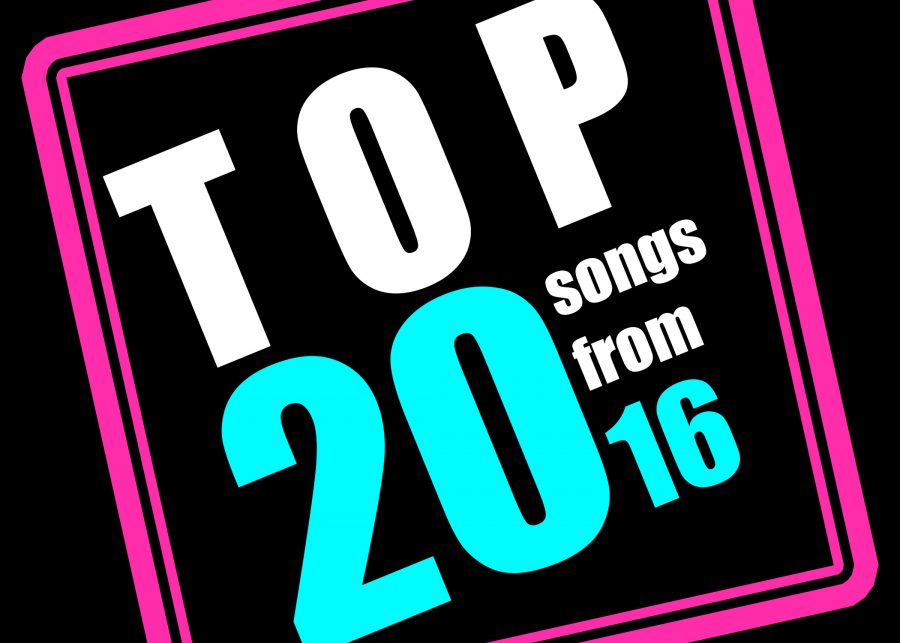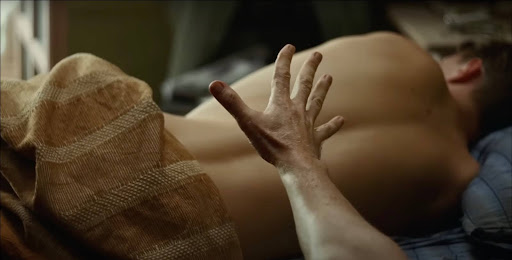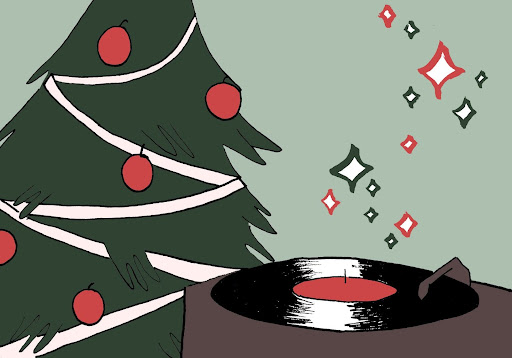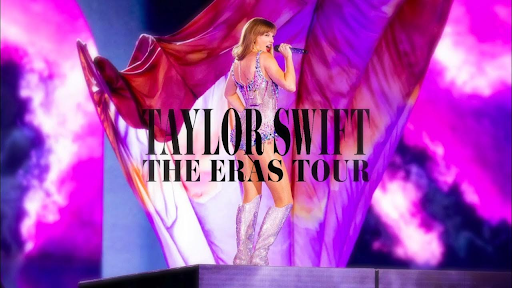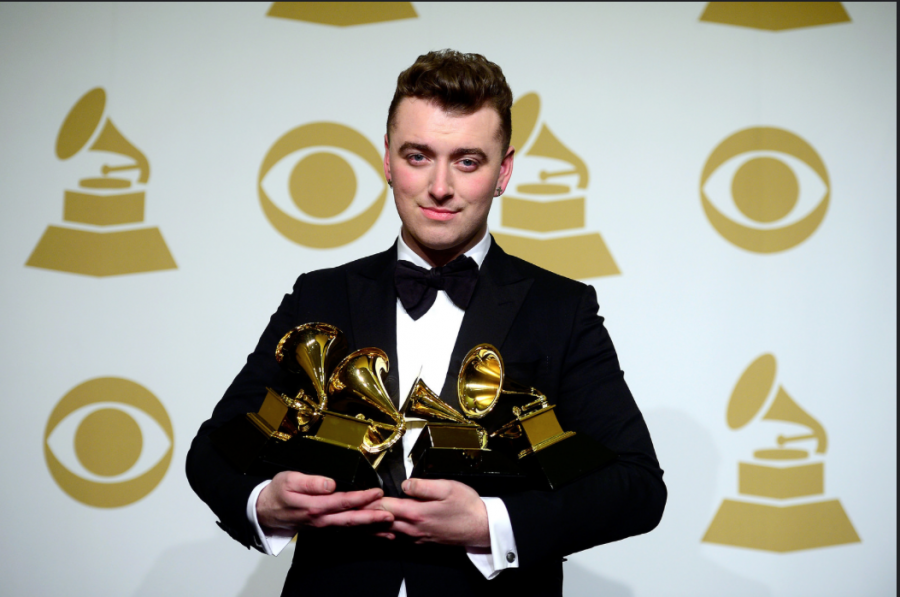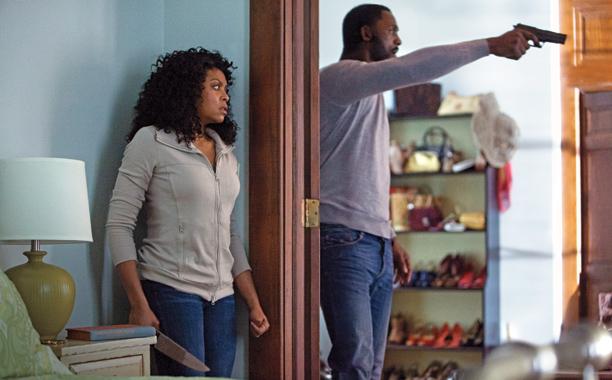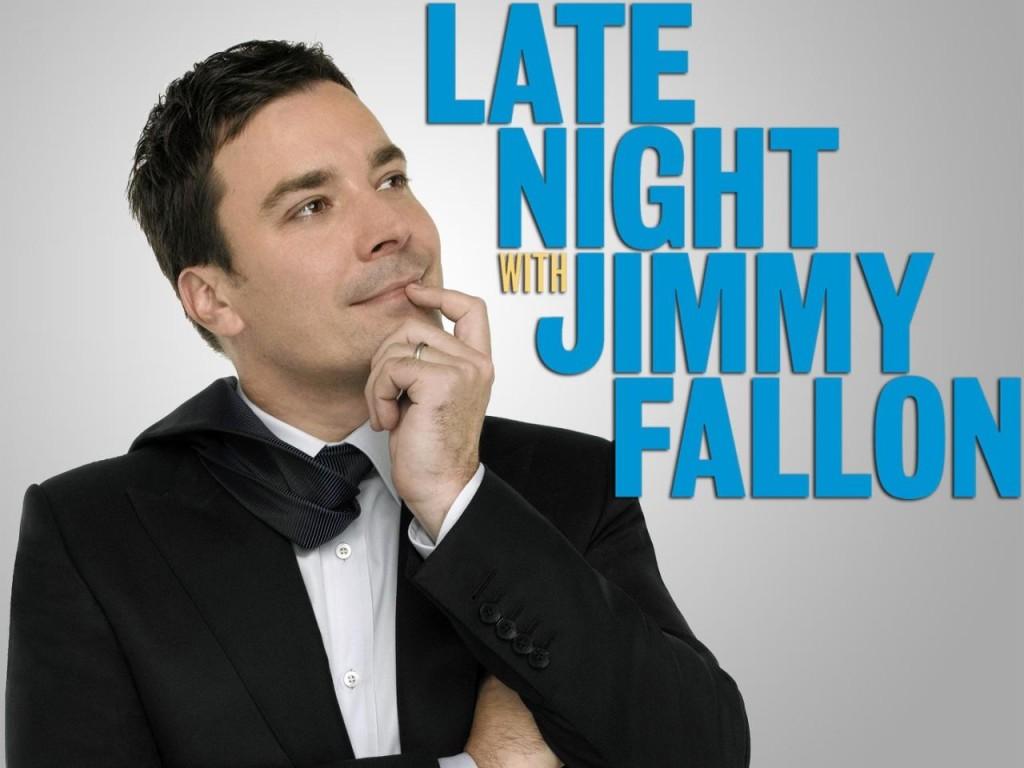Whether we like it or not, we all live in a heavily nostalgic society. Whenever we are frustrated with the current climate of our world we retreat to our past and remember the way things used to be.
So naturally, with bad news coming out of the music industry seemingly every day and the MP3 platform of listening to music steadily taking over the world, we are seeing a comeback from the old vinyl record format. That’s right, those twelve-inch circles made of wax that one has to manually put a needle onto to listen to are being thrown in the same realm of nostalgia as snapbacks and Nickelodeon cartoons.
In an era where people have pretty much stopped buying CDs and now only see their music on a dainty little screen in the palm of their hand, vinyl has re-emerged as a contender in the music industry.
According to Nielsen Soundscan, numbers have been steadily progressing since 2007 and over 3.6 million records were sold last year in the United States alone, a 25.5 percent increase from 2010. The biggest seller of the year went to The Beatles’ iconic album Abbey Road which sold 41,000 copies. Contemporary artists finished second and third consecutively, Fleet Foxes’ Helplessness Blues sold 29,700 copies and Bon Iver’s self-titled second record sold 27,200 copies on vinyl.
So what is it that makes vinyl the latest commodity for music listeners?
“The physical production of CDs are dying quickly,” said St. John’s junior and the host of WSJU Radio’s “Up the Punx” David Burgos. “With vinyl, however, the quality of sound remains at the industry standard. Vinyl records have a distinct sound compared to digitally produced music and CDs altogether.”
Perhaps it’s the more organic feel of a vinyl record that attracts young music fans. Maybe it’s the big pretty picture on the front cover. Maybe the packaging is more intriguing than a crystal jewel case with a tiny
disc inside.
Christina Rantz of Merge Records finds some justification in that sentiment. She says that a vinyl record “has a more permanent feeling than a CD” and that “an LP just feels more substantial.”
“I think there are advantages and disadvantages to every format, really,” Rantz said referring to CD’s, MP3’s and vinyl. “But I’ve noticed that people really love album art, it’s a lot harder to lose a 12 inch circle than it is a five inch circle or an iPod plus the sound isn’t too bad either.”
Will this resurgence continue for the next 10 or 20 years? Probably not. But this rebirth of vinyl is interesting because it completely goes against the American love affair with convenience. Young music fans are going against the grain by listening to their parent’s old LPs and 45’s and they’re going out to their local independent record stores and buying vinyl from both old and new artists.
Benjamin Parrish, a public relations representative for renowned Pacific Northwest indie label Kill Rock Stars, summed it up nicely when he said that “some people just like having their music in a physical medium.”
“Vinyl records just seem like more of a ‘real product,’” Parrish went on to say. “Anybody can burn a CD or make an MP3, but there’s a lot more involved into making a record.”



